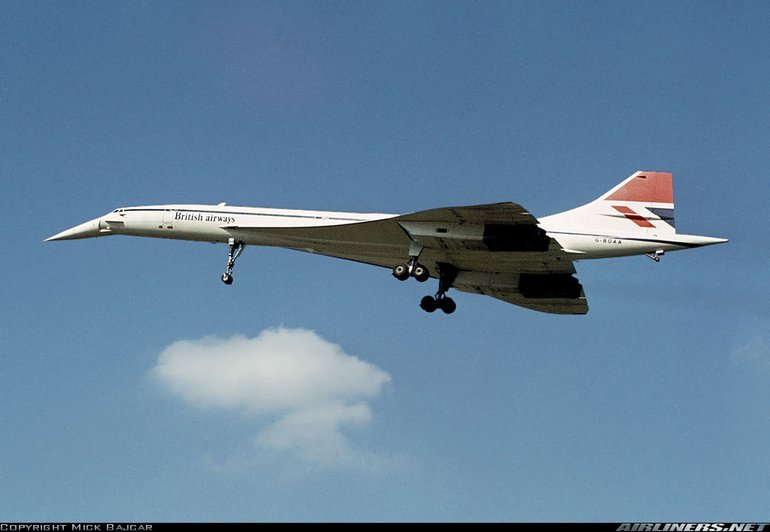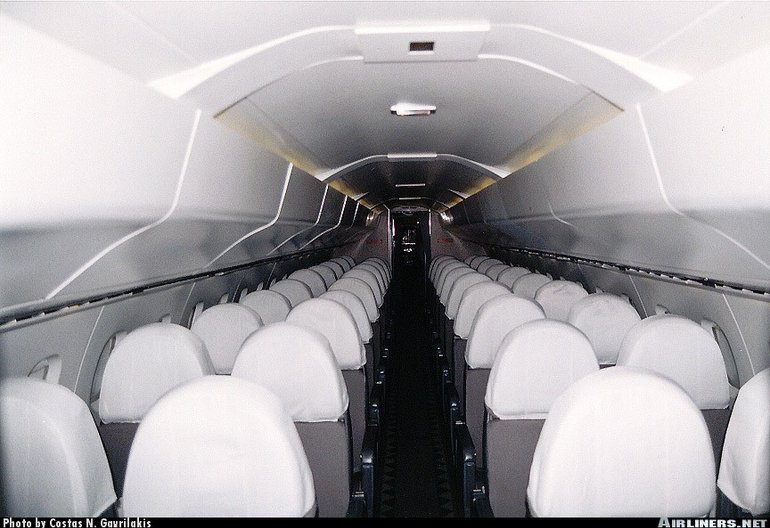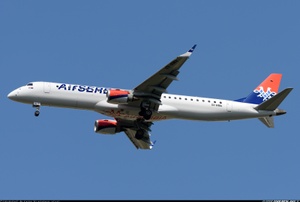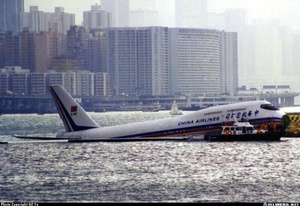Aerospatiale-British Aerospace Concorde
Details
Country of Origin
France and United Kingdom
Type
Medium range supersonic airliner
History
The Concorde first flew over 25 years ago, and yet it remains the pinnacle of civil aviation development for one reason - speed. The Concorde is the only aircraft in the world operating scheduled passenger flights at supersonic speed.
An engineering masterpiece, the Concorde was the result of a collaborative venture between the aviation industries of Britain and France. It dates back to design work for a supersonic airliner carried out by Sud Aviation and Bristol, their respective Super Caravelle and Bristol 233 designs being remarkably similar in configuration to each other. The forecast high costs of any SST program and the similarities in the designs led to a 1962 government agreement between France and Britain which resulted in the British Aircraft Corporation (into which Bristol had been merged) and SudAviation (which became a part of Aerospatiale in 1970) joining to design and develop such an aircraft.
Talks with airlines in the 1960s resulted in a relatively long range aircraft design capable of flying trans Atlantic sectors (although for a time Sud offered a short haul version). Design of the airframe was refined to feature a highly complex delta wing featuring cambering and ogival leading edges with pairs of engines mounted in pods under the wing undersurface. The slender fuselage features a high fineness ratio to keep supersonic drag to a minimum, while the fuel system was designed to trim the aircraft longitudinally by transferring fuel between tanks to combat the change in the centre of pressure as the aircraft accelerates. Another feature is the variable geometry nose which is lowered while taxying, on takeoff and landing to improve the flightcrew's visibility.
A lengthy development program following the Concorde's first flight on March 2 1969 meant that it did not enter into airline service until January 1976.
On May 30 2003 the last commercial Air France flight landed back at Paris Charles de Gaulle from New York. The very last flight for Air France was made on June 27 2003 when F-BVFC flew from Paris to its place of construction in Toulouse for preservation.
British Airways hoped to operate Concorde services well into the first decade of the new century, but will now terminate its supersonic services in October 2003.
Powerplants
Four 170.2kN (38,050lb) RollsRoyce SNECMA Olympus 593 Mk 610 afterburning turbojets.
Performance
Max cruising speed at 51,300ft Mach 2.04, or 2179km/h (1176kt), typical supersonic cruise speed Mach 2.02. Range with max payload and reserves at Mach 2.02 cruise and climb speed 6230km (3360nm). Range with max fuel, reserves and 8845kg (19,500lb) payload 6580km (3550nm).
Weights
Operating empty 78,700kg (173,500lb), max takeoff 185,065kg (408,000lb). Max payload 12,700kg (28,000lb).
Dimensions
Wing span 25.56m (83ft 10in), length 62.17m (203ft 9in), height 11.40m (37ft 5in). Wing area 358.3m2 (3856sq ft).
Capacity
Two pilots and flight engineer on the flightdeck. Accommodation for 128 passengers at four abreast with 86cm (34in) pitch in main cabin. Max seating for 144 at 81cm (32in) pitch.
Production
Two prototypes (001 & 002), two preproduction aircraft (01 & 02) and 16 production aircraft.
Related Links
Aerospatiale-British Aerospace Concorde
The backbone of this section is from the The
International Directory of Civil Aircraft by Gerard Frawley
and used with permission. To get your own copy of the book
click here.




















